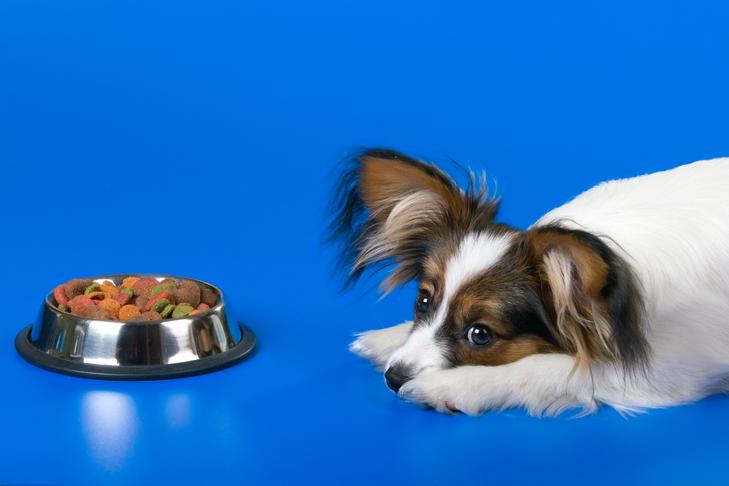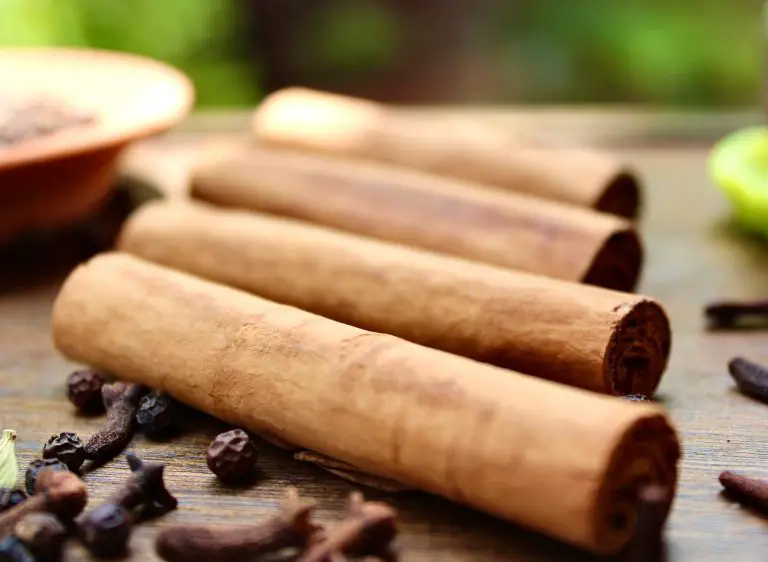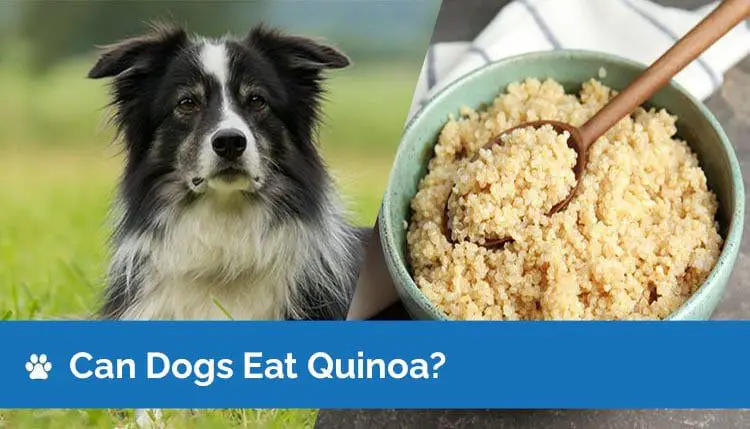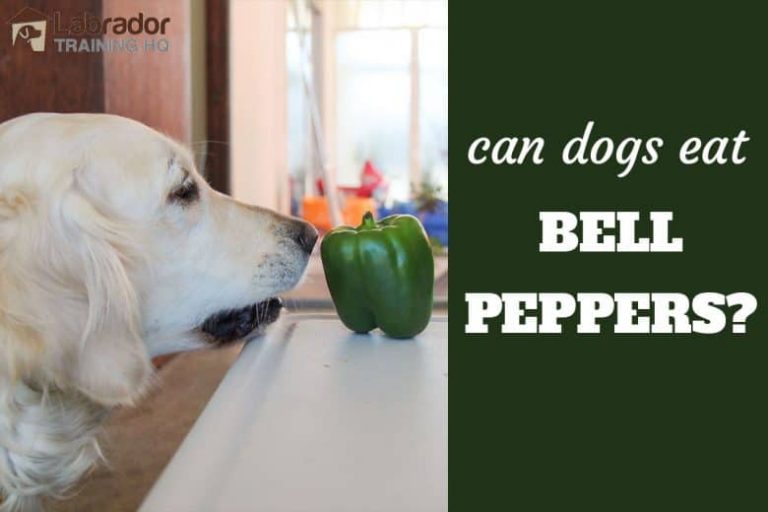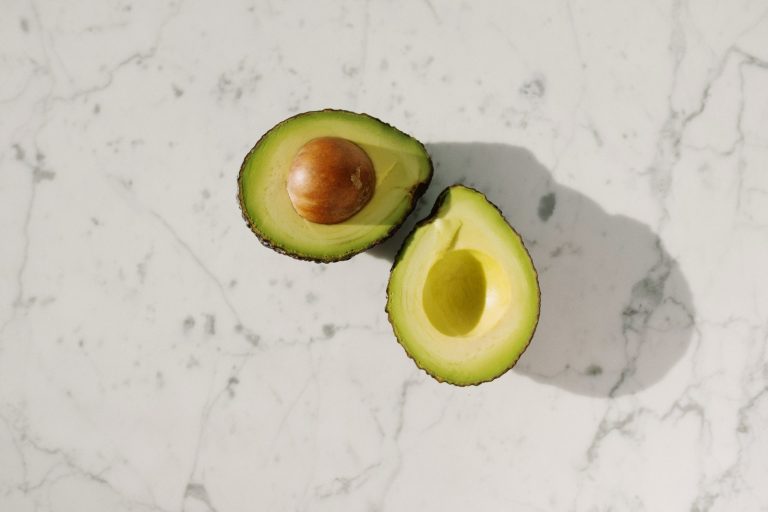All dogs love getting treats, more so if that treat is sweet, creamy and fatty. Whipped cream, especially, is an indulgent treat that is sure to get doggy tails wagging. You might be wondering – is it safe for my dog to eat whipped cream?
The short answer is yes, but with a few rules.
Let’s start by taking a closer look at the nutrients in whipped cream.
Nutritional Profile of Whipped Cream
- Nutritional Profile of Whipped Cream
- Tips on Serving Whipped Cream
- When Not to Give Whipped Cream?
- A Note on Puppuccinos
- Dairy-free Alternative: Coconut Whipped Cream
- Final Verdict
Tasty as it is, whipped cream is not a healthy snack.
One cup of whipped cream contains 120 calories. At a glance, that may not seem like much, but one look at the macronutrient breakdown and a whopping 96 of those calories are from fat. That translates to 10 grams of fat in 48 grams of whipped cream!
Apart from fat, whipped cream also has large amounts of cholesterol in it. The protein content is minimal, at only 1.5 grams of protein in one cup of whipped cream.
It’s not completely bad. Whipped cream does have some vitamins and minerals essential for dogs, such as vitamin A and calcium. However, the sugar present in most commercial whipped cream is bad for your dog’s dental health as it can cause cavities to form.

Tips on Serving Whipped Cream
While it has been established that whipped cream clearly isn’t nutritious or healthy, it isn’t toxic for dogs either. If you would like to let your dog try this airy treat, here are some tips to keep in mind.
Keep portions small
When giving whipped cream to your dog, take care to offer only a small amount. Give just enough whipped cream for your pup to get a little taste of it. Do not serve your beloved canine a huge bowl filled to the brim with pure whipped cream. While it might make your pup temporarily ecstatic, too much whipped cream is not good for dogs (or humans!). Whipped cream is quite a fatty food and excessive consumption can cause digestive upset.
Don’t make it a habit
On that note, it is best not to make a habit of it. If you give whipped cream as a treat too often, your dog will come to expect it. As mentioned above, whipped cream is high in calories and fat. Consuming excessive calories on a regular basis can lead to weight gain. In dogs, it is important to remain at a healthy body weight and whipped cream does not help with that.
Mix it up
Instead of serving pure whipped cream, use a small amount of it as a topper for other treats, such as these healthy smoothies for dogs. To go one step further, consider making your own whipped cream at home. Store-bought whipped cream is loaded with corn syrup, flavouring and preservatives. Making your own whipped cream is easy and you can control the exact amount of sugar that goes into it.
When Not to Give Whipped Cream?
In certain situations, it is best to avoid giving your dog whipped cream.
Lactose-intolerant dogs
Many dogs are lactose intolerant. In these dogs, slurping down a bowl of milk will most probably result in unpleasant symptoms like diarrhea, gas and bloating. Whipped cream has comparatively less lactose (approximately 3% lactose), but if your dog is highly lactose-intolerant, it’s best to avoid all dairy products, including whipped cream.
Overweight dogs
Whipped cream is high in calories, most of which is fat. Needless to say, if your pup is packing on a few extra pounds, it is best not to add any more by feeding whipped cream. Obesity in dogs is related to joint problems, diabetes and heart disease. Instead of whipped cream, try low-calorie dog treats or non-sugary fruits such as cucumber slices or blackberries.
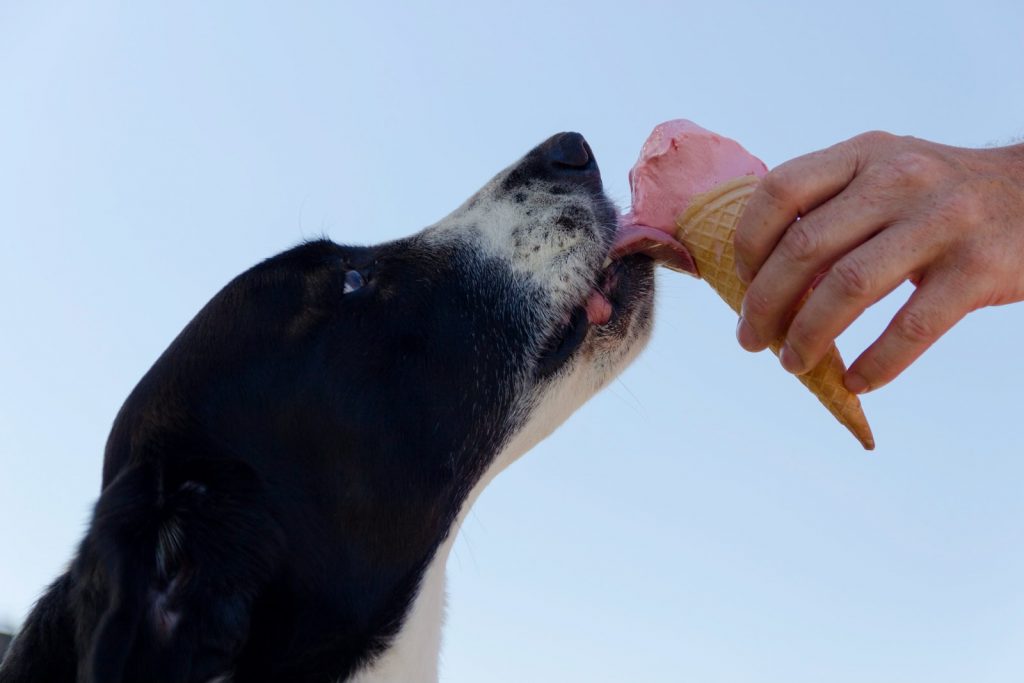
A Note on Puppuccinos
Famous coffee chain Starbucks are well aware of a dog’s love for all things creamy and sweet. For a few years now, Starbucks have been doling out Puppuccinos – essentially pure whipped cream in a small cup; you can get these for free alongside your morning brew.
Now, the question is, should you give these cleverly-named dairy treats to your canine companion? Ultimately, a small Puppuccino every now and then isn’t going to harm your dog, provided there are no lactose intolerances or weight issues. That said, be careful to keep Puppuccinos to a minimum as they can be quite addictive. Just because these are free, it doesn’t mean that your dog should start knocking back whipped cream cups every morning.
Dairy-free Alternative: Coconut Whipped Cream
If your dog is lactose-intolerant, a dairy-free alternative is whipped cream made from coconut milk. Easy to make and easier to enjoy, coconut milk whipped cream has all the rich deliciousness of traditional whipped cream but with none of the gut-irritating dairy.
To make coconut milk whipped cream, use thick coconut milk from a can. Do not attempt to make whipped cream with bottled coconut milk meant for drinking as that is far too dilute.
First, empty the can of coconut milk into a bowl, stir thoroughly to combine and chill it overnight. The next day, all you have to do is beat the coconut milk using a whipped cream maker, balloon whisk or mixer. Serve a little at a time and let your pup dive in!
Do note that whipped cream made from coconut milk should also be given as an occasional treat. Coconut milk does have some benefits for a dog’s fur and coat, but it is rich in fat and triglycerides.
Final Verdict
To sum it all up, dogs can eat whipped cream, but very occasionally and in tiny dollops. Keep whipped cream as a high-value treat your pup only receives on truly special occasions. That way, your dog can enjoy its delectable taste without any unwanted consequences.

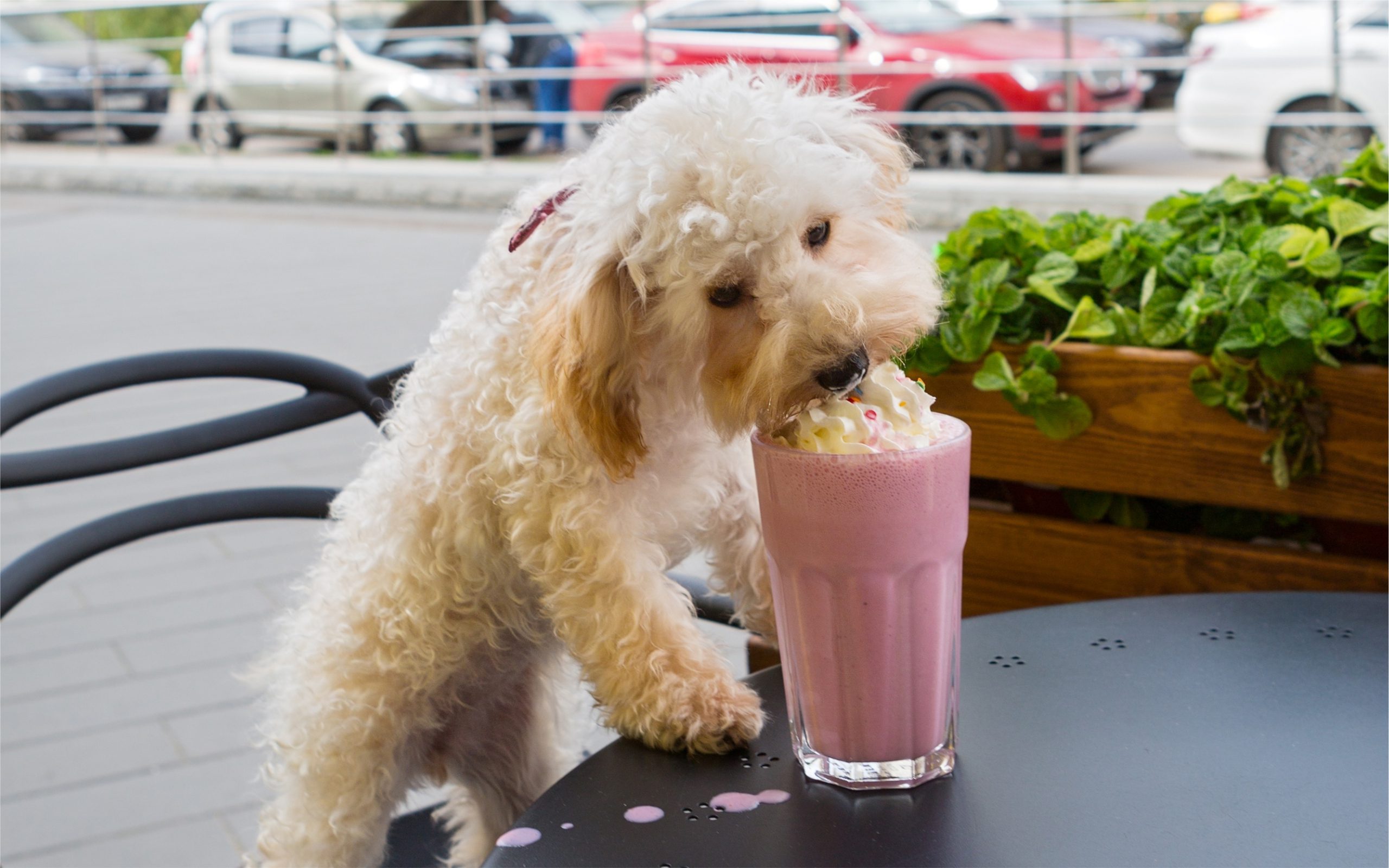
![[Shocking Fact] Human Foods Dogs Can and Can’t Eat](https://dogpages.net/wp-content/uploads/2022/08/5718079-768x512.jpg)
